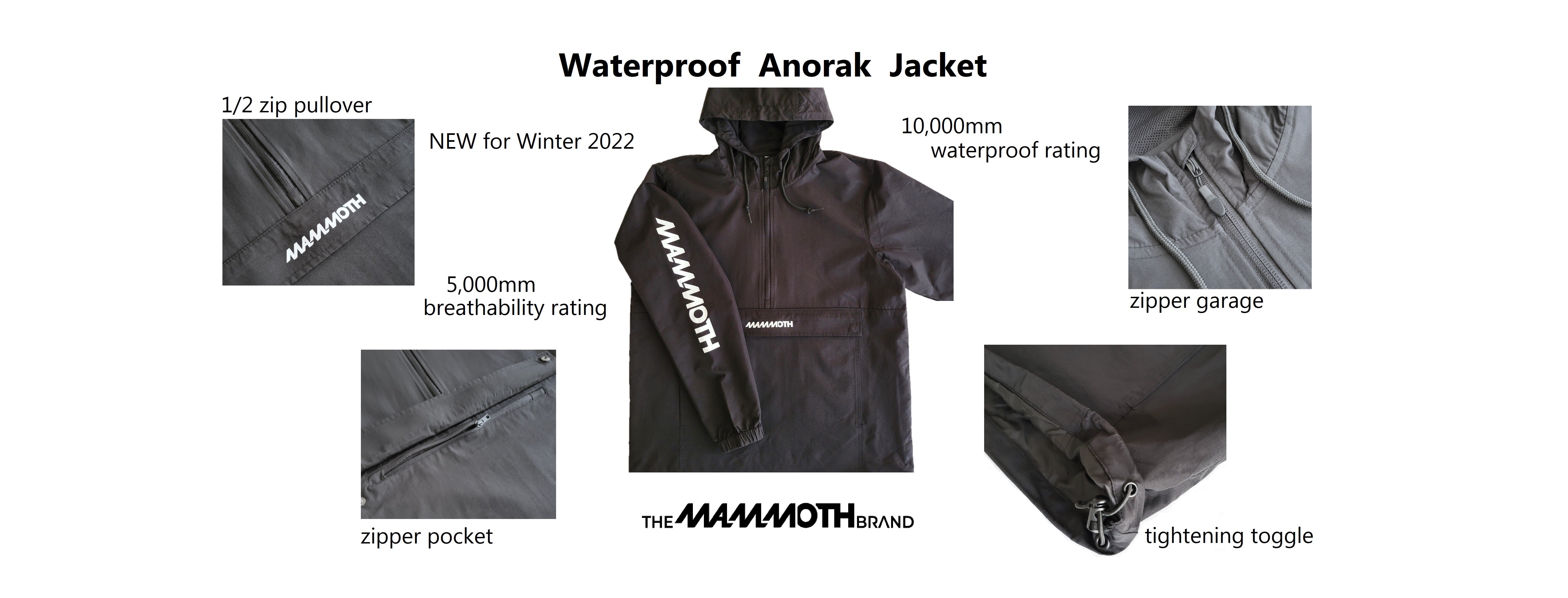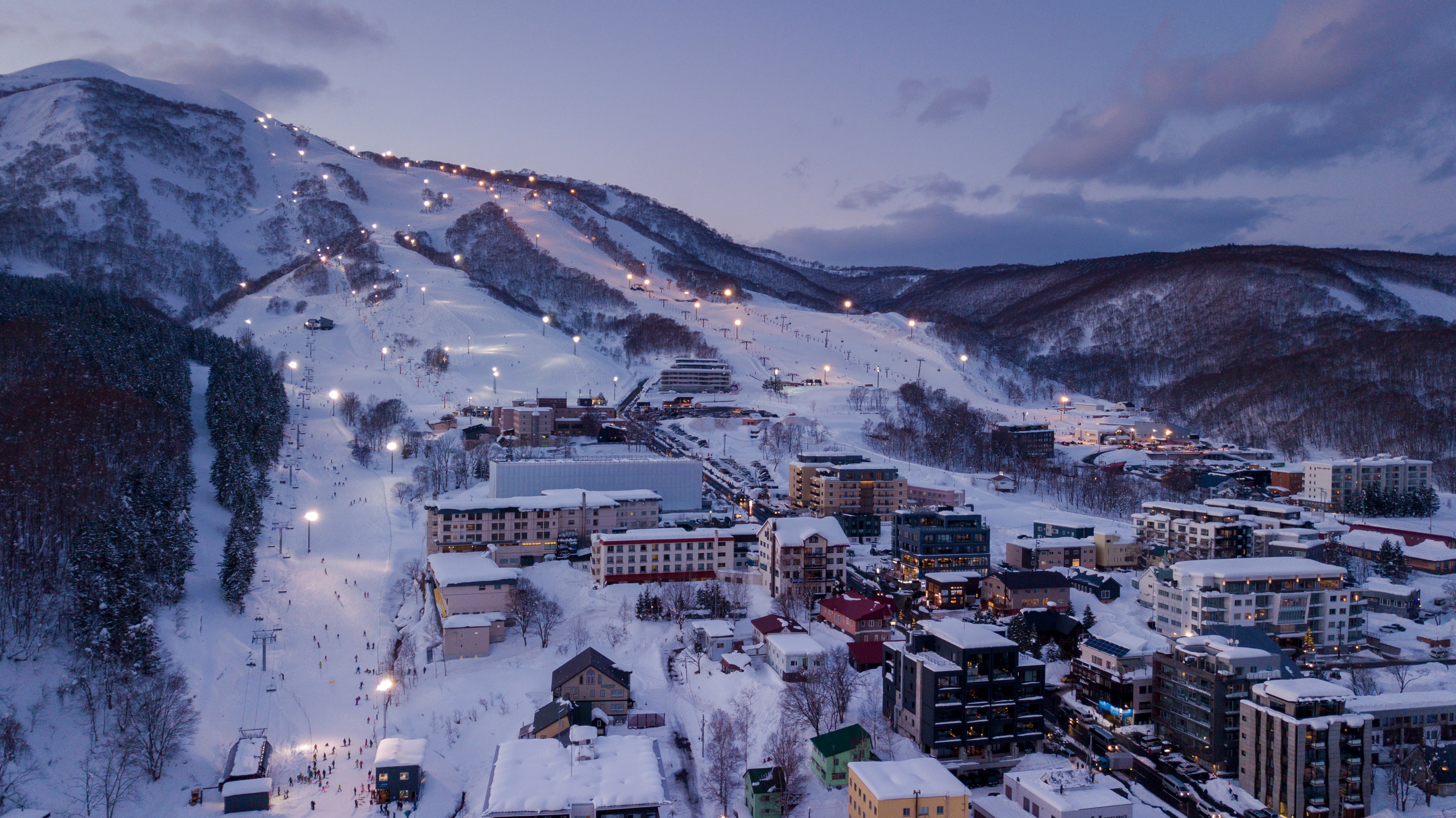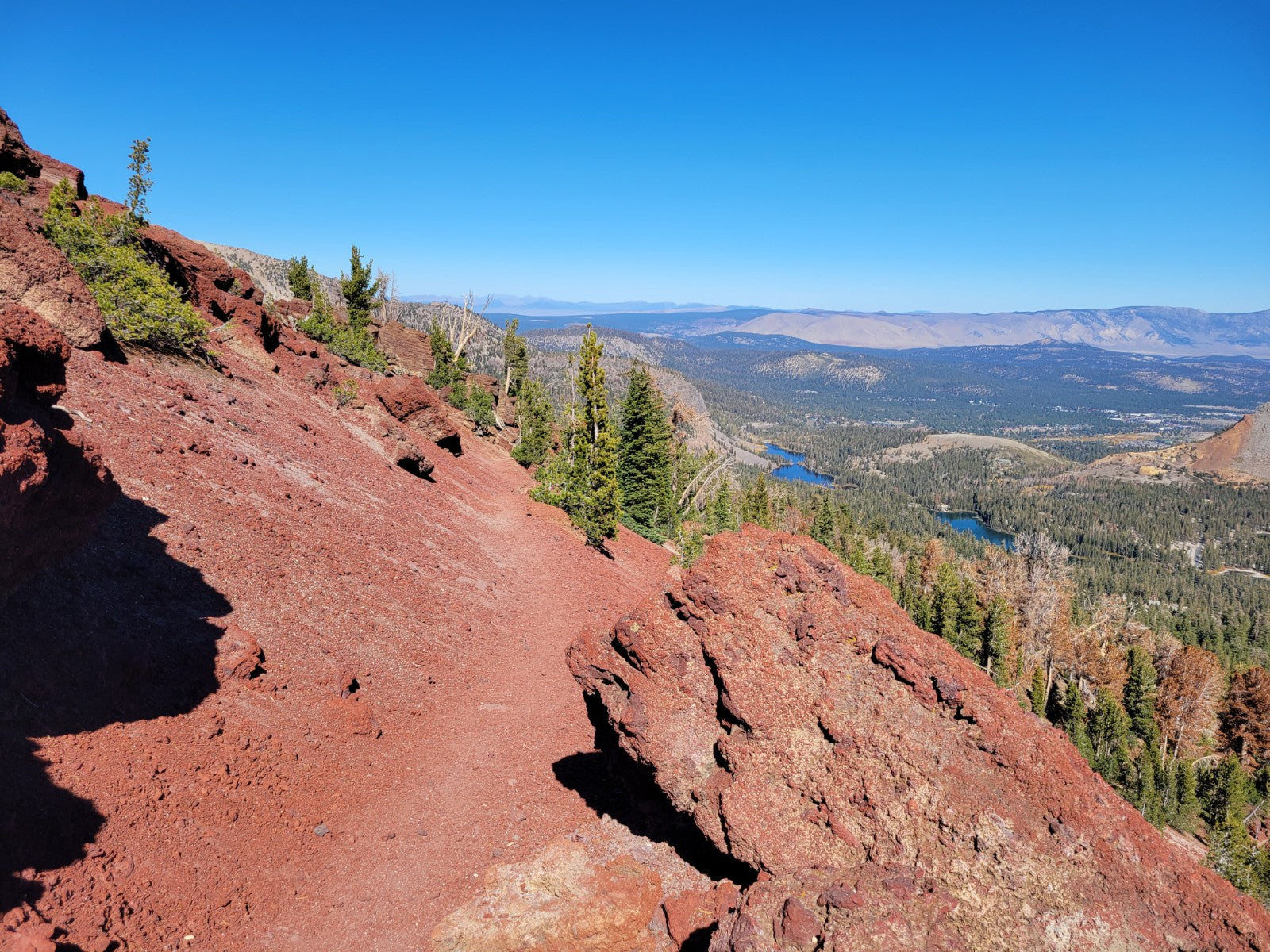The trail from Lake George to Crystal Lake and The Mammoth Crest is one of the most popular in Mammoth Lakes. Don't be fooled by the short 1.25 mile distance to Crystal Lake, it is a difficult hike although it can be done in well under an hour if you are in good hiking shape. To get there, head up to the Lakes Basin and go to the Lake George parking lot. This is a popular area for hiking, fishing, camping, and just hanging out, so go early or late on busy weekends to snag a parking spot.

One of the best things about the hike to Crystal Lake is that you pretty quickly get some amazing views. You'll be able to see Lake Mary, Lake George, Lake Mamie, and Twin Lakes along the way. There are several sections where people tend to cut the trail, so keep an eye on where you are hiking and ensure you are on the actual trail to protect the area from erosion. There is about 800 feet of elevation gain on this hike over the course of just a mile, so it is essentially the same workout as getting on a Stairmaster for 30 minutes.

After taking a few breaks while looking at some of the amazing views, you will come to a fork in the trail with a sign pointing you to Crystal Lake or The Mammoth Crest. If you are looking for more of a challenge, turn right and head to the Mammoth Crest. If you want to suffer even further you can continue on to Deer Lakes or do loop out towards Duck Lake and back to Coldwater Campground (one of the most challenging day hikes in the Mammoth Lakes area). It is a pretty quick drop down into Crystal Lake from the sign, so if you just want a quick workout with an awesome lake at the end of the hike, that would be your stopping point. If you want to see some of the best views in Mammoth without completing the whole loop, you can head up to Mammoth Crest which adds another 1-1.5 miles and 800-1000 feet of elevation depending on where you turn around.
Read more

We are stoked to announce that we are offering 2 waterproof jackets for the 2022/23 winter season. We have a 1/2 Zip Pullover Anorak Jacket and a Snap Front Coaches Jacket available now, just in ti...

The Ikon Pass added Japan's Niseko Ski Resort to the growing list of places you can ski or ride this year using your pass. Coincidently, the Japanese Yen recently fell to a 30+ year low conversion ...

